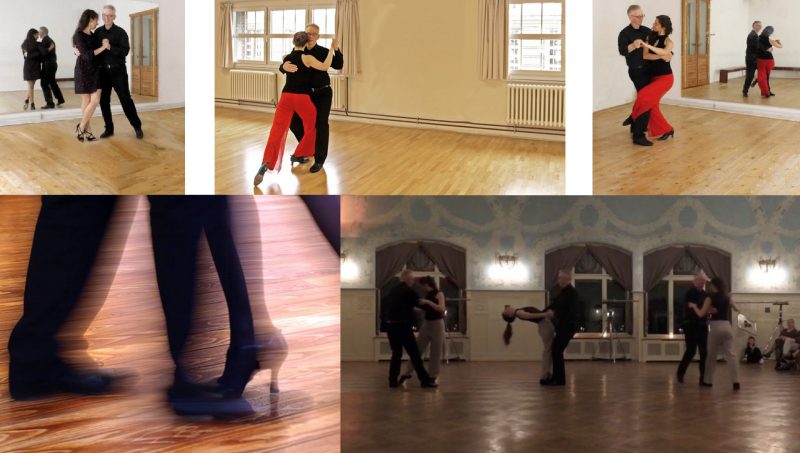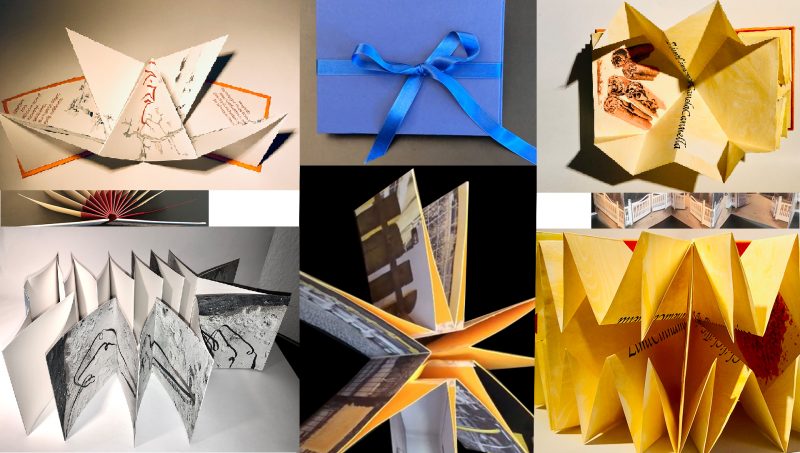in spring/summer 2024: Tango Argentino and Artist’s Books:
Tango Argentino

Our tango workshops are aimed at anyone who wants to learn the topics for the first time, not at those already experienced in the techniques. We show the basics. The workshops take place on Saturdays from 4 to 6 pm:
New workshops in preparation.
If you are interested in tango workshops, please enquire at:
tango-workshops@fraktalwerk.de
Artist Books

As part of Fraktalwerk, Marlen Wagner offers workshops in which different forms and structures of artist’s books can be learnt – in a small group and in a relaxed atmosphere.
27.04.2024 Artist’s book with Leporello Structure
18.05.2024 Suminagashi. The Japanese art of marbling paper
15.06.2024 Artist’s book with lotus fold
13.07.2024 Artist’s book with Turkish Map fold
New workshops in preparation.
To register for the Tango-Workshops please go to: artistbooks@fraktalwerk.de
Paper can be the carrier of messages or the message itself – delicate yet strong, it can be used in more ways than almost any other material.
As a material for works of art, it is predominantly used in the form of books – as a carrier of texts, protected by more or less sumptuously designed covers, but focussed on the text that is presented in it.
Artists’ books, however – also known as livre d’artiste – cross the boundary into an independent work of art: they make the book itself the object of the artistic process. As one-offs or multiples, they have long since detached themselves from the original book form of the illustrated book. Today, they combine image, text and form in ever new combinations to create works of art that sometimes prompt viewers to make comments such as: Why is this a book, it has no text? Or: This is not a book, it has no pages to turn. The artist’s book has also crossed this boundary and also appears as an object.
Guy Schraenen wrote in his book “Boek als boek”, published in Ghent in 1988
The artist’ book is not an artbook
The artist’ book is not a book about art
The artist’ book is an artwork

